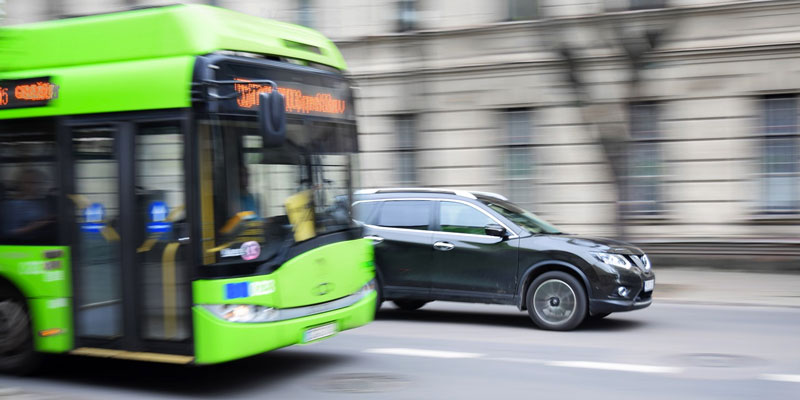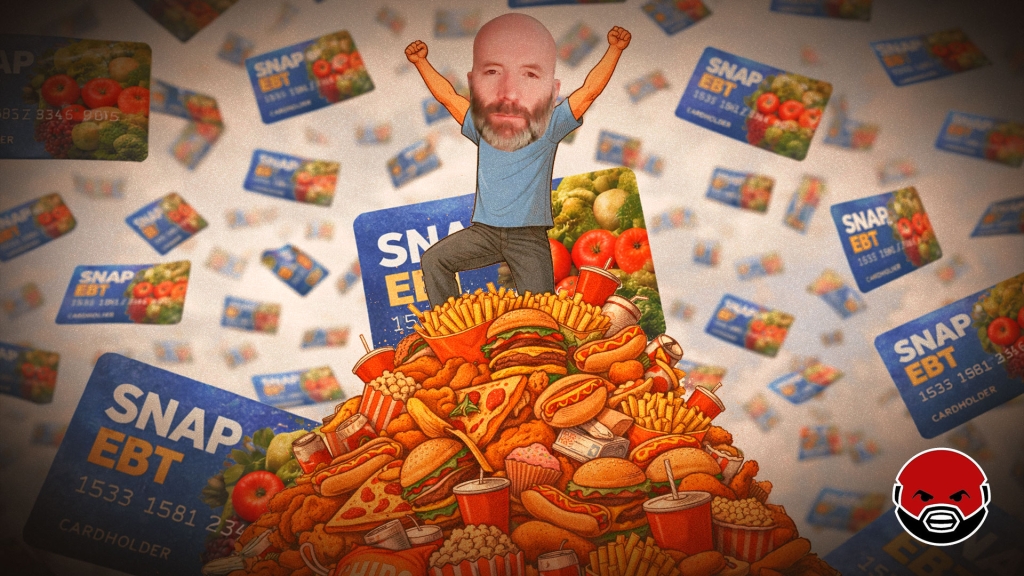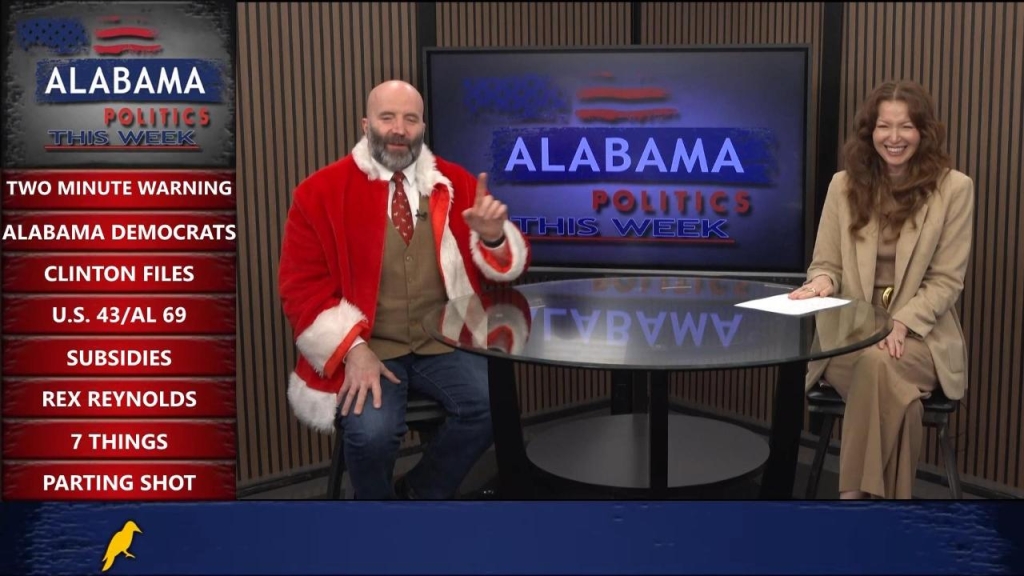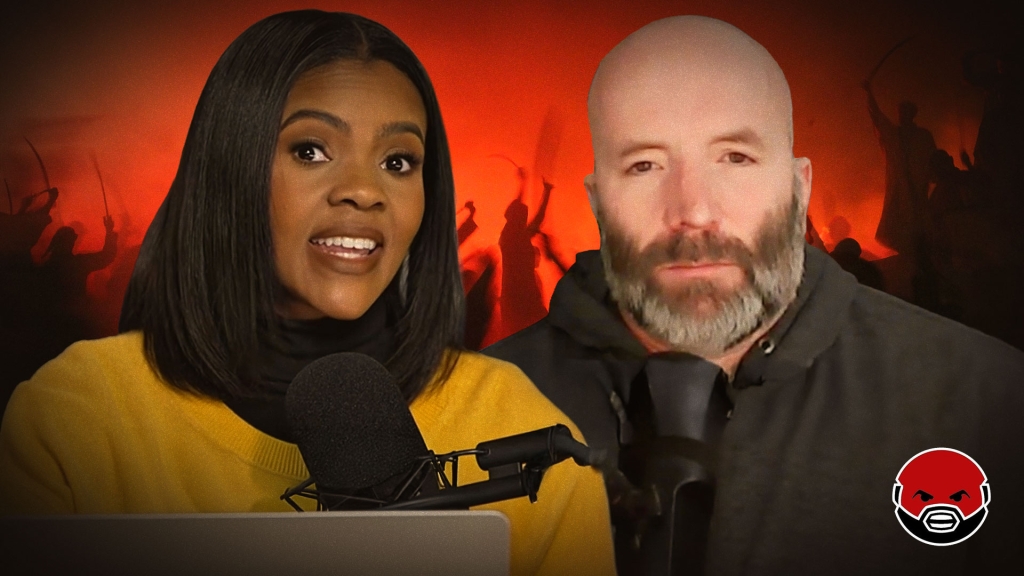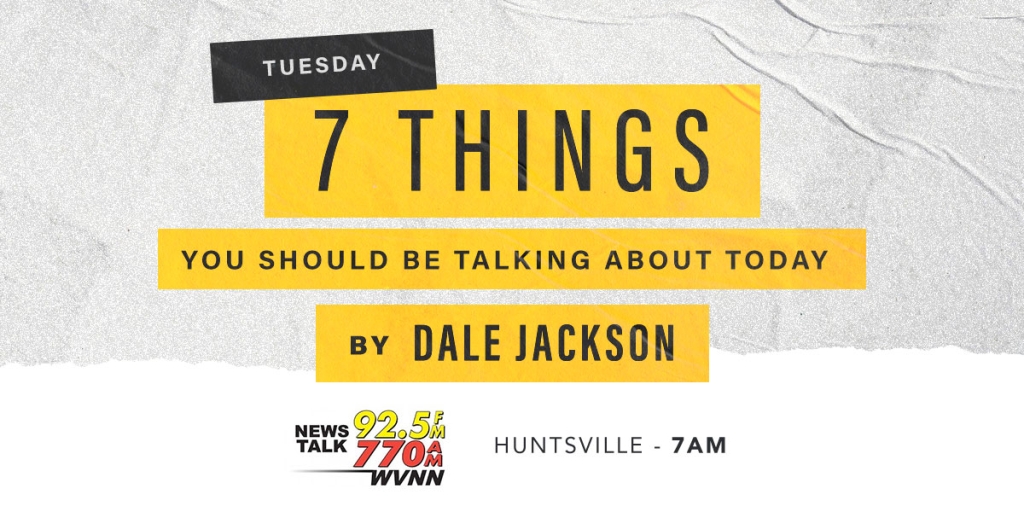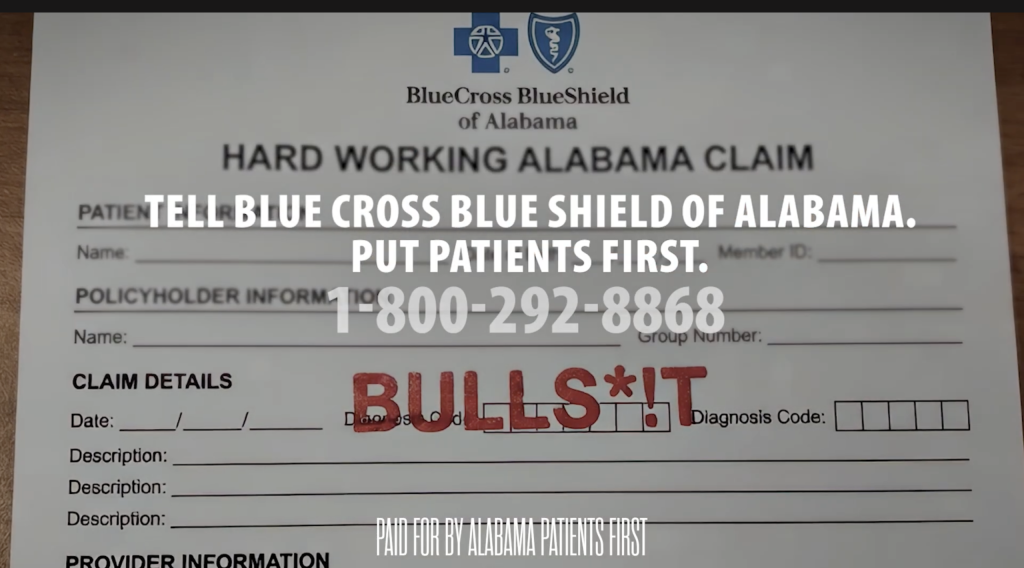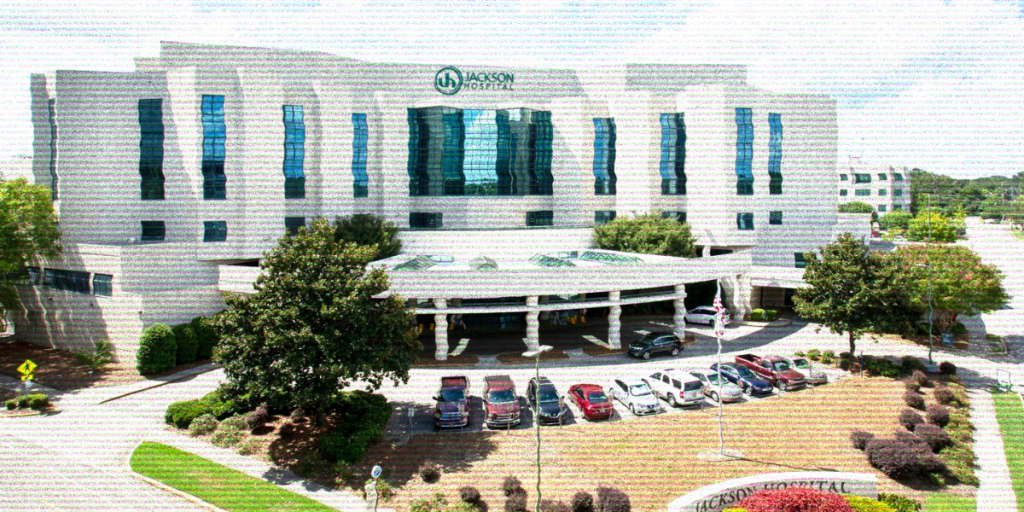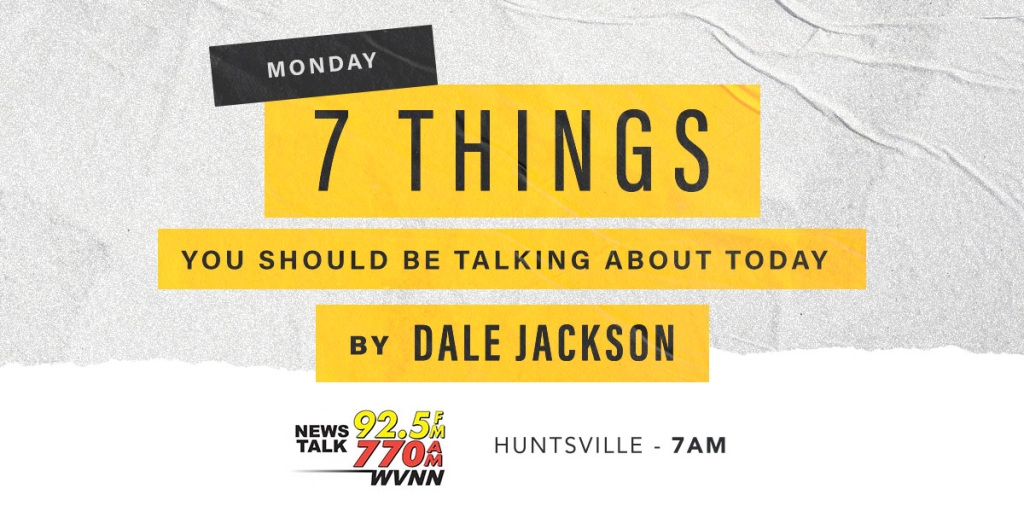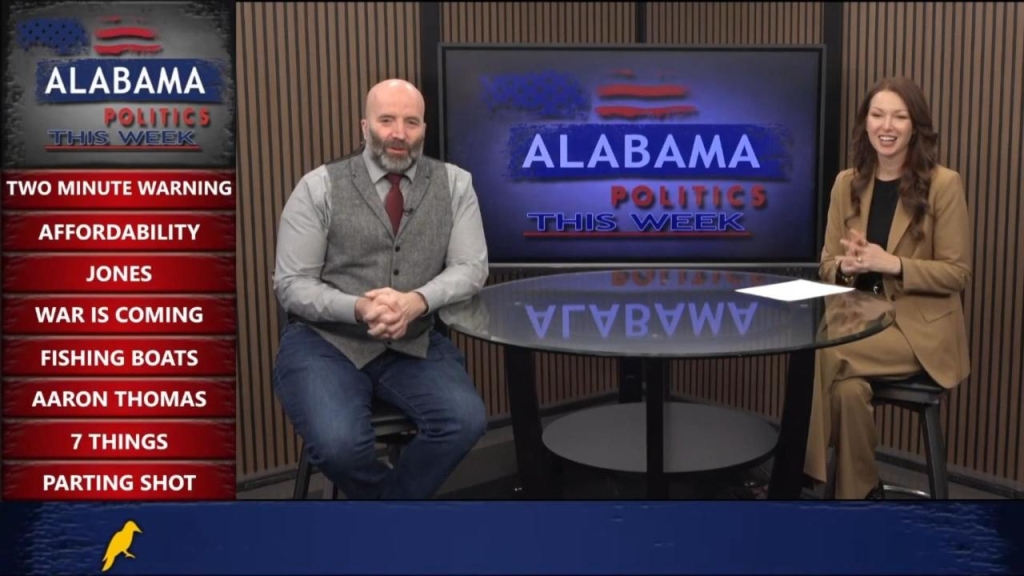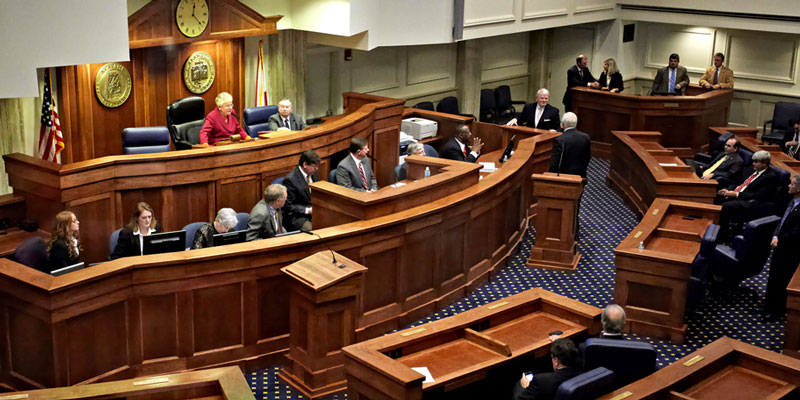The first driverless car pedestrian fatality occurred recently in Arizona, almost two years after the first fatal crash. These tragic fatalities signal the ongoing development of this technology. Cars and trucks with drivers killed 5,800 pedestrians in 2016, so a driverless car pedestrian fatality was probably inevitable.
Driverless cars will reshape our economy, as 2.8 million people currently work in transportation. One area of disruption which has flown under the radar is public transportation. A new Cato Institute study, “The Coming Transit Apocalypse,” highlights the looming wreck.
How can we be sure that driverless vehicles will be on the road soon? Nothing is certain in life, but the Cato study notes that more than three dozen companies worldwide are experimenting with the technology, including auto makers, auto parts suppliers, and tech companies. Thus many companies believe that practical self-driving vehicles are within reach. Given that these companies are trying different approaches, it seems likely that at least one successful design will emerge.
Public transportation is already hemorrhaging riders, with a 3 percent decline in the first half of 2017 following a 4.4 percent decline between 2014 and 2016. Seven metro transit systems have seen ridership declines of at least 27 percent since 2009. Although lower gas prices partly explain this, ride sharing services like Uber and Lyft are also having an impact. Ride sharing offers greater convenience than transit with door-to-door, on-demand service, but is currently more expensive. Driverless, shared vehicles are projected to be price competitive with transit. Consequently, the Cato study contends that public transit will be “extinct” everywhere outside of New York City and perhaps a couple of other markets by 2030.
Mass transit has never been very popular since the widespread ownership of cars, and currently carries less than one percent of travelers in all but a few cities. One disadvantage of mass transit is geography: residents and jobs are too spread out in most American cities to generate high enough demand for either buses or trains on centralized routes. Culture also plays a factor, as many Americans simply prefer driving.
Low ridership rates are not due to a lack of government spending, which has exceeded $1 trillion (adjusted for inflation) since 1970. Fares cover only about 30 percent of expenditures. Americans will not use even highly subsidized public transport.
Many transit agencies have deferred maintenance on rail systems, which have a useful life of about 30 years before requiring substantial rebuilding. Washington’s Metro system turned 30 in 2006, and by 2013, incidents of smoke in tunnels were causing evacuations twice a month. Unreliable service makes transit less competitive with ride sharing going forward.
An end of public transport, however, will not end taxpayers’ costs. Many systems went into debt building or repairing subway or rail lines, while others have significant unfunded health care and pension liabilities. For example, the Cato study estimates that Boston’s transit system has $3.4 billion in unfunded liabilities, which represent a portion of employees’ compensation. Transit systems have spent lavishly on new rail lines instead of ensuring that promises to employees will be kept.
Regardless of exactly how quickly self-driving cars take over, further investments in transit infrastructure do seem dubious at this time. Nonetheless, Los Angeles County decided in 2016 to spend $120 billion, primarily on new light rail lines. The Cato study suggests that new rail lines being planned now will be obsolete before finished. Only government agencies spending our tax dollars can afford to be so short-sighted.
The potential transit apocalypse illustrates a recurrent problem. Once political support for spending coalesces, government finds adjusting to changing economic and societal conditions difficult. Mounting losses do not cause proponents to sour on mass transit. Economist Mancur Olson claimed that the entrenchment of programs under democracy produced stagnation.
Public transportation has helped many Americans, particularly those who could not afford cars. Changing conditions, however, require policy changes. I fear that we will still be building subways even after everyone has their own automated chauffer.
Daniel Sutter is the Charles G. Koch Professor of Economics with the Manuel H. Johnson Center for Political Economy at Troy University.




